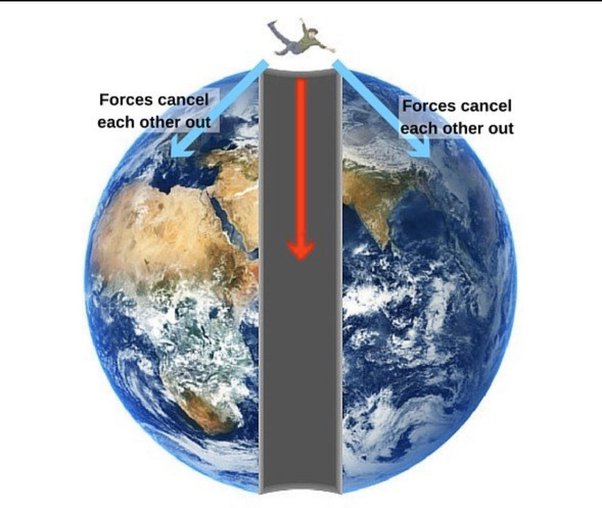Digging a tunnel to the center of the Earth is a captivating thought experiment that raises numerous scientific and engineering challenges. While it remains a concept primarily found in science fiction, exploring the implications of such a venture reveals fascinating insights about our planet. Here’s what would happen if a tunnel were constructed to the Earth’s core:

1. Extreme Conditions
Temperature:
As you dig deeper into the Earth, temperatures increase significantly. The crust, where we currently drill, has a relatively mild temperature range. However, as you progress toward the core, temperatures can soar to about 5,000 to 7,000 degrees Celsius (9,000 to 12,600 degrees Fahrenheit). This extreme heat would not only make it impossible for humans to survive but would also require innovative materials and technologies to withstand such conditions.
Pressure:
Alongside temperature, pressure escalates dramatically with depth. At the Earth’s core, the pressure can reach around 3.6 million atmospheres (nearly 100 billion pascals). No known materials can endure these levels of pressure without deformation or destruction, presenting a formidable barrier to any tunneling project.
2. Material Limitations
Currently, drilling technology can only reach depths of about 12 kilometers (7.5 miles) into the Earth’s crust, primarily due to the aforementioned temperature and pressure constraints. Beyond this point lies the mantle and the outer core, composed of molten rock and iron, respectively. These materials present significant challenges in terms of penetration and containment. Current drilling techniques are simply not equipped to handle such extreme environments.
3. Gravity Effects
If, hypothetically, one could enter the tunnel, gravity would initially pull you toward the center of the Earth. However, as you approach the core, gravitational forces would begin to balance out due to the distribution of mass around you. At the very center, you would experience a sensation of weightlessness, as the gravitational pull would be effectively neutralized from all directions. This phenomenon would provide a unique experience, fundamentally different from anything experienced on the surface.
4. Environmental Impact
Constructing a tunnel to the Earth’s center would have catastrophic effects on the environment. The process of excavating such a massive structure could trigger earthquakes, alter tectonic plates, and disrupt ecosystems. The removal of vast amounts of material would likely lead to significant geological instability, affecting not only the area surrounding the tunnel but potentially causing far-reaching consequences globally.
5. Hypothetical Travel
If it were possible to excavate and maintain a tunnel, the idea of traveling through it is intriguing. In a hypothetical scenario, one could experience rapid travel due to gravitational acceleration. Initially, you would accelerate toward the center, but as you pass it, the gravitational pull would begin to decelerate you until you reached the opposite end of the tunnel. However, practical travel through such a tunnel remains impossible with current technology and understanding of geology.
Conclusion
While the idea of digging a tunnel to the Earth’s center is a compelling notion often explored in science fiction, the extreme conditions and technological limitations render it currently unfeasible. However, contemplating such a concept serves as an interesting way to explore geological science and the physical properties of our planet. It underscores the mysteries that still lie beneath our feet, inviting curiosity and inspiring future generations to ponder the depths of Earth and beyond.